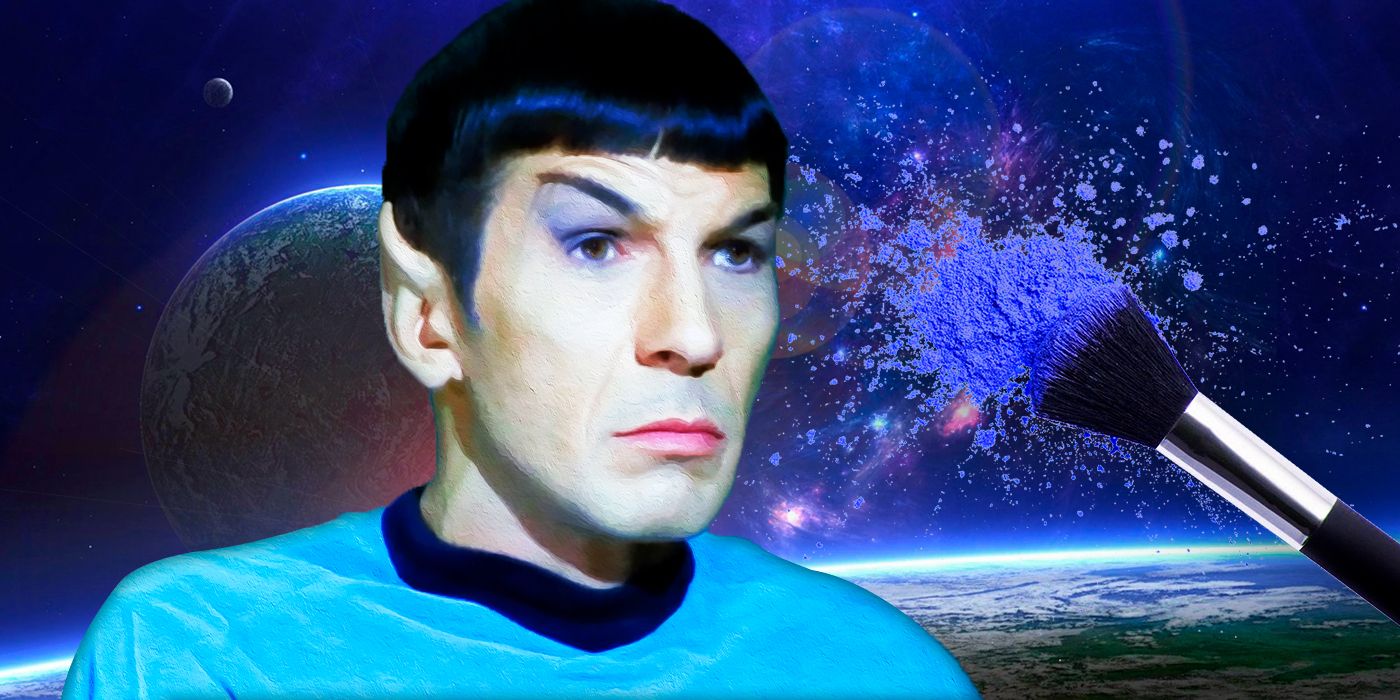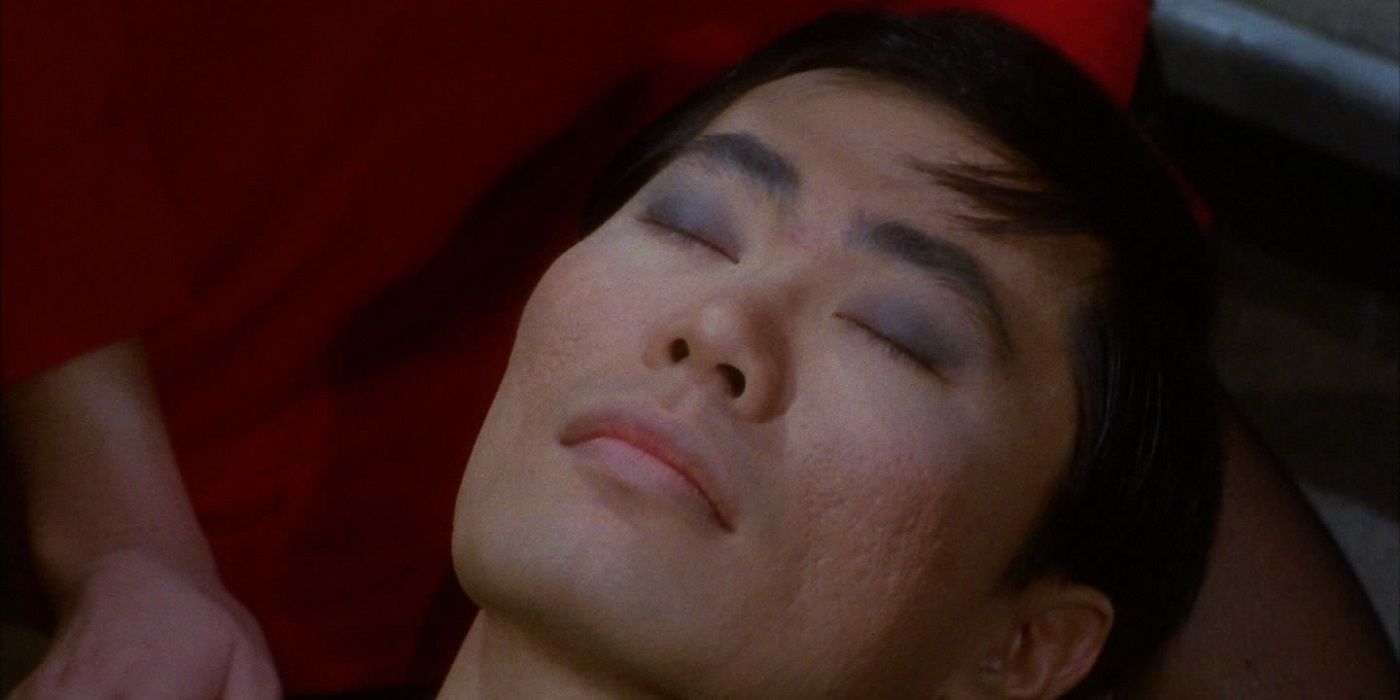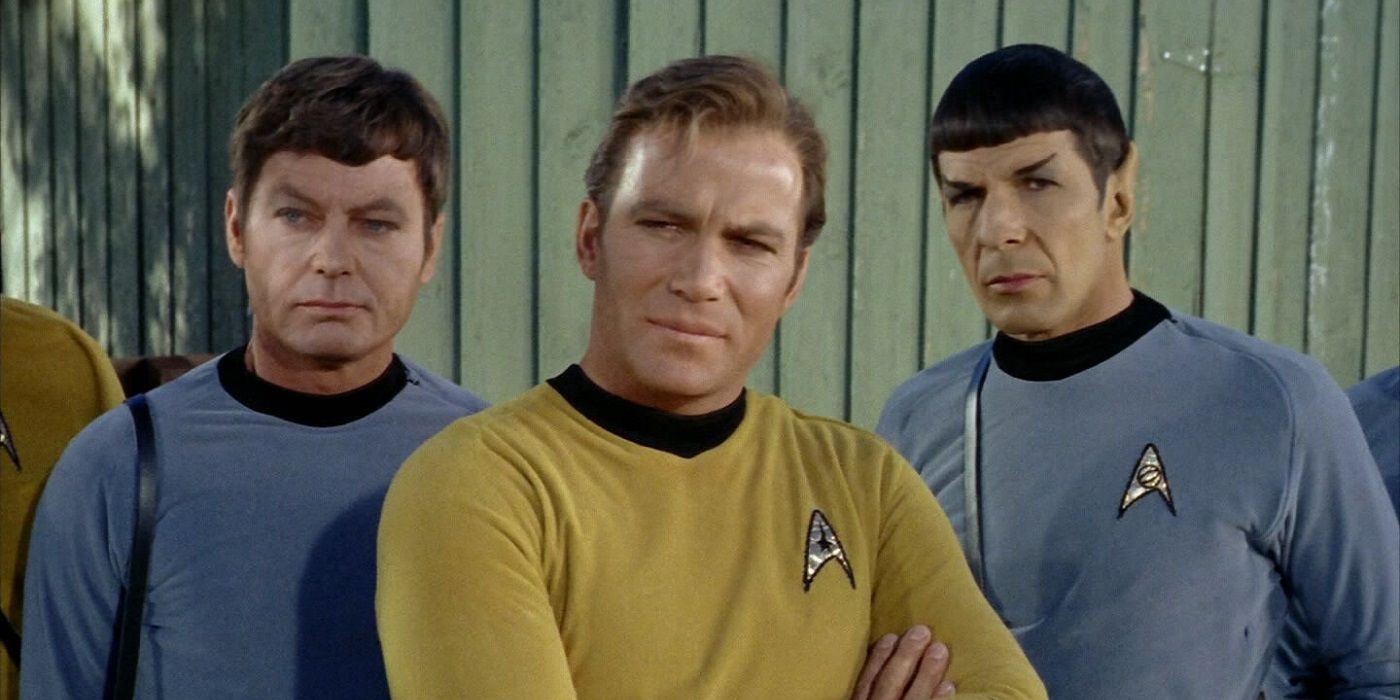The longevity of Star Trek allows fans to look into the way TV shows were made in the past. Countless changes in the medium -- both culturally and technologically -- render formerly indispensable techniques obsolete. And the franchise's 50-year history provides a unique opportunity to observe those differences, often in ways the producers never intended.
For instance, eagle-eyed fans have noticed the propensity of eye shadow in the Original Series -- a touch that’s not visible in subsequent Star Trek series. It was simply a reality of producing TV shows at the time and normally wouldn’t merit mentioning. However, the show itself has outlasted the televisions it was designed to be screened on, and the make-up on the cast simply can’t hide from advancements in technology.
Television was often broadcast live in the early days, and it drew from theatrical actors who could handle the rigors of a live performance. That included things like blocking a scene, which entailed a great deal of movement from the actors, mostly because television cameras were large and couldn’t move easily or quickly. Star Trek has always relied on theatrically trained actors for its cast -- William Shatner was a notable Shakespearean actor, as were Patrick Stewart and Avery Brooks -- which made stage practices natural, including make-up.
Among its aesthetic purposes, eye shadow can help the performer’s eyes stand out, a key feature onstage when one is attempting to project to a large audience. Star Trek wasn’t on stage, but many of the technological limitations of television at the time still made those methods desirable. TV screens were much smaller in the 1960s than they are today, and screen resolution was much lower. Furthermore, the show aired when TV was making a huge transition from black and white to color. That meant a lot of Star Trek viewers still watched the show in black-and-white. Eye shadow helped the actors stand out, the same way they would to viewers in the cheap seats during a live performance.
Naturally, no one making the show had any idea what kind of advancements would take place in home entertainment, or that Star Trek would last long enough to be shown on them. The advent of high definition and big-screen TVs made old-fashioned stage tricks like heavy eye shadow unnecessary. An actors’ make-up could appear more natural without drawing attention to itself as much, while more maneuverable cameras meant that close-ups and similar effects could be used much more readily, necessitating more natural make-up.
Star Trek itself took time to adjust to these changes, which helped conceal such techniques for many years. The Original Series wasn’t remastered into 1080 HD until 2006, and release plans were delayed further by the decline of HD DVD and the rise of Blu-ray. Only then did the use of heavy make-up become more apparent, piquing fans’ interest. It’s far from the only bit of theatricality exposed by the enhanced detail, but the routine use of eye shadow on the show makes it stand out among the rest.
It’s an incidental detail, but a historic one -- a sign of where television came from and the ways it got around the technological limitations of the time. As strange as it may seem, a little pronounced eye shadow is a sign of the show’s durability and just how much the medium has changed since Star Trek first aired. Its value as a link to that era is inestimable, even if the side effects look odd to contemporary eyes.



